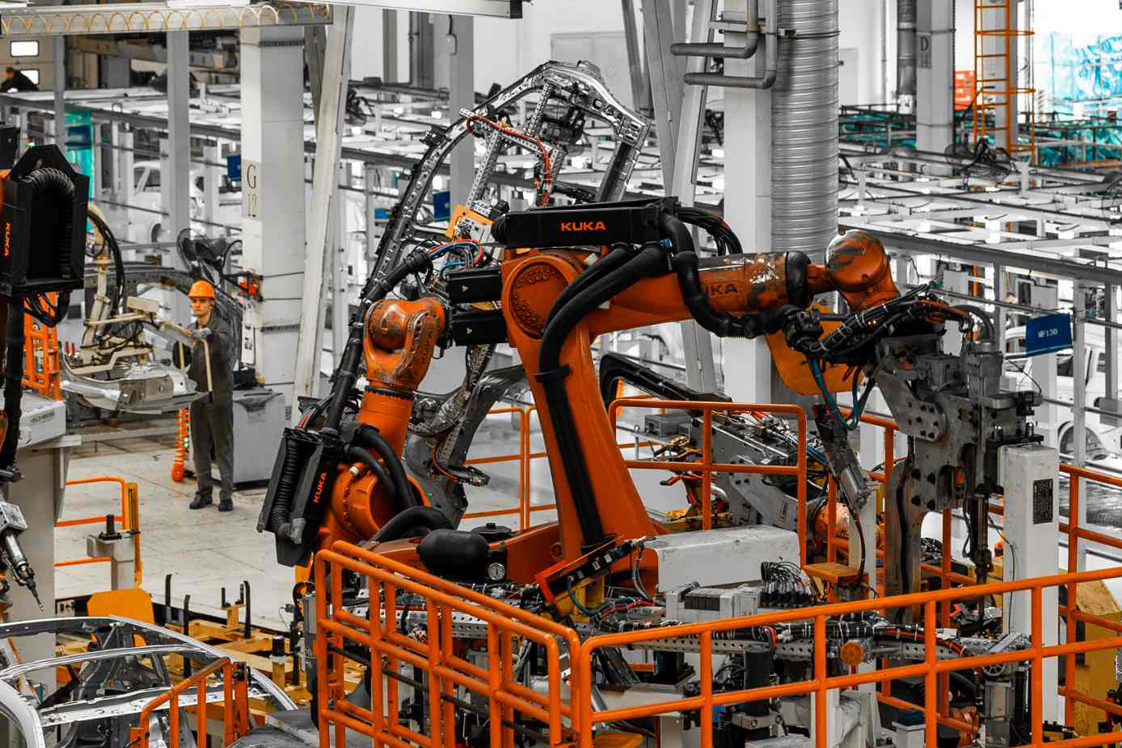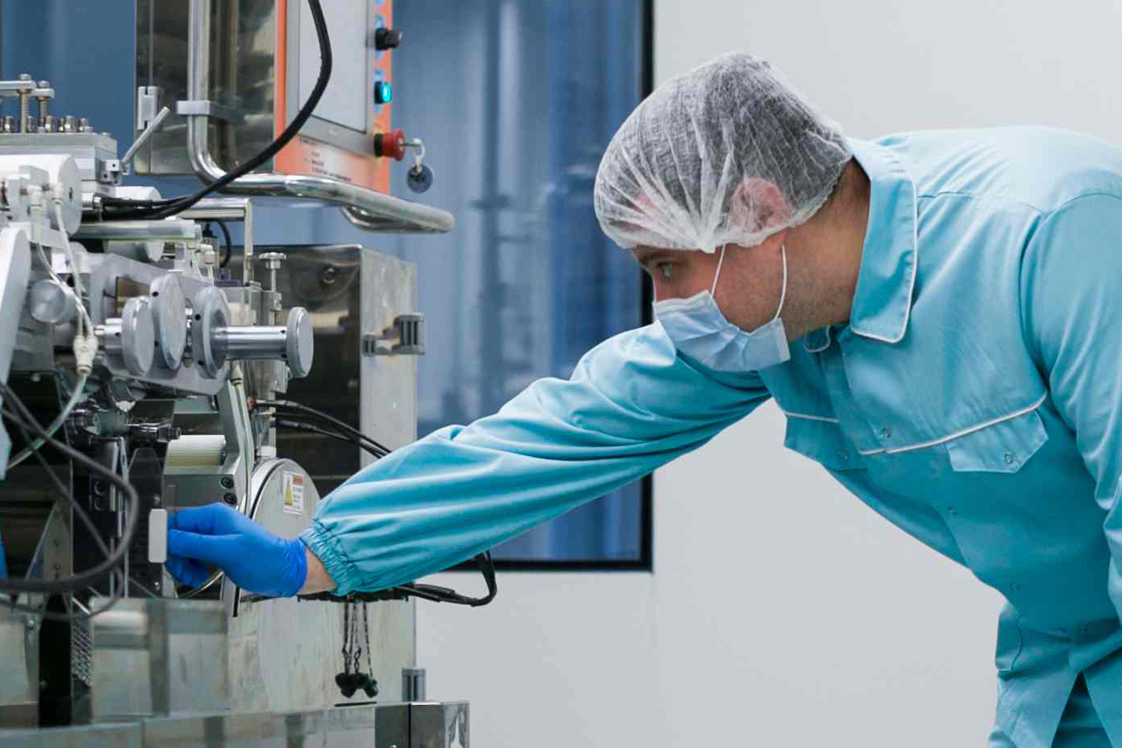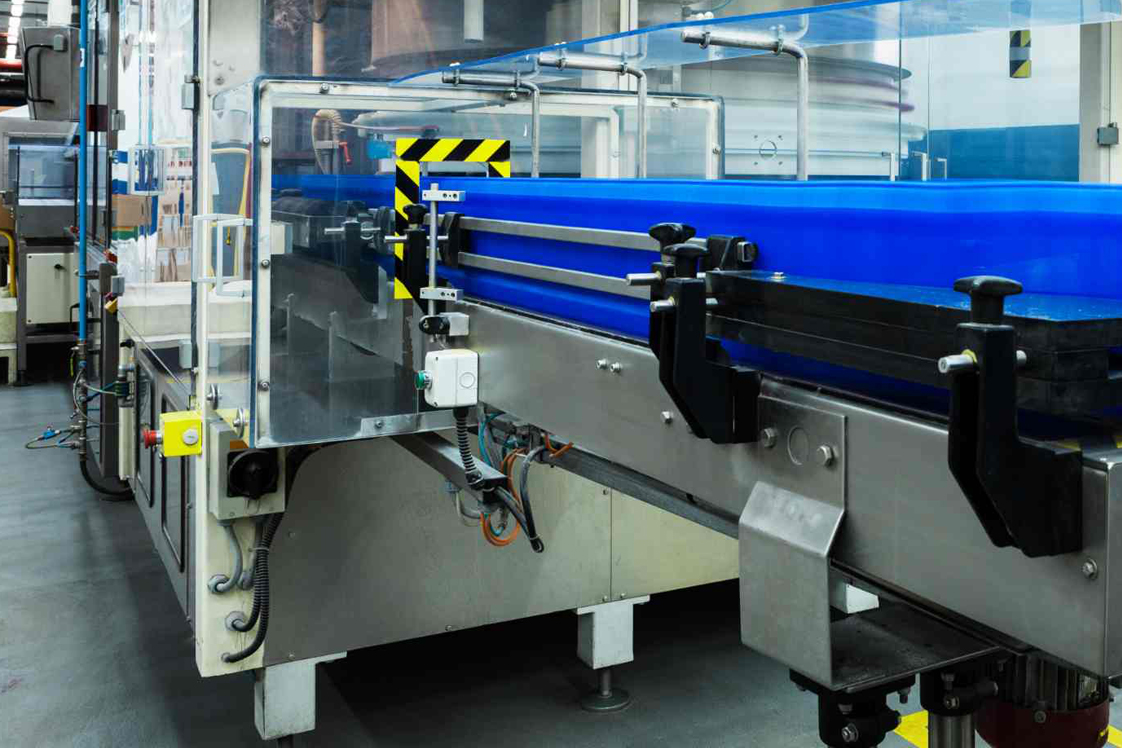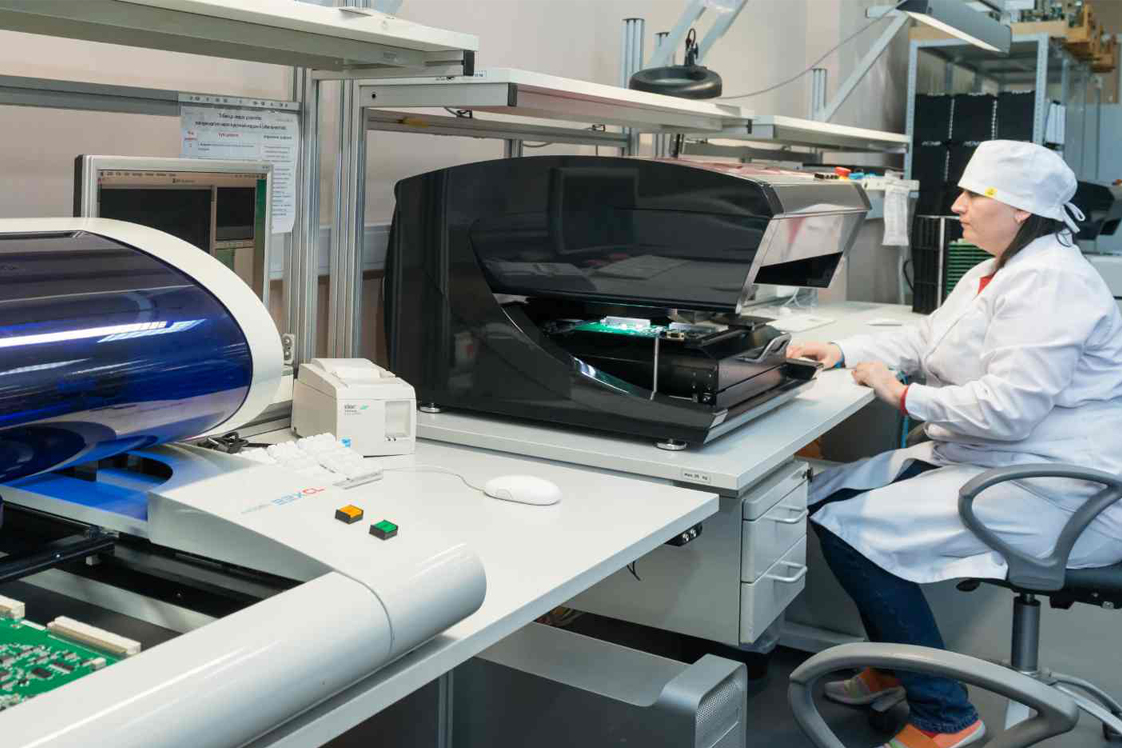
In a world where precision and excellence are paramount, leveraging AI technologies for defect detection has become a game-changer.
AI-powered defect detection systems can revolutionize product quality, and reduce the number of errors that happen. There are many ways that AI defect detection systems can help businesses with product quality.
Here are some advantages that make AI-driven defect detection systems so powerful.

One of the standout benefits of AI in defect detection is the ability to achieve unmatched accuracy and precision. By analyzing vast amounts of data with lightning-fast speed, AI algorithms can detect even the tiniest imperfections in products.
Whether it’s a tiny defect in a manufactured component or a flaw in a product’s appearance, AI defect detection systems are designed to spot them all, ensuring that only top-notch quality products reach the customers’ hands.
Gone are the days when human error plagued quality control processes. With image defect detection systems, the risk of human errors is significantly reduced.
These systems eliminate the potential for subjective judgments that may vary from person to person. Essentially, AI ensures that defect detection remains unbiased and objective, fostering a more streamlined quality control process.
AI-driven defect detection systems make a big impact on overall product quality and customer satisfaction.
Detecting and rectifying defects before they leave the manufacturing line ensures that customers receive products of the highest standards.
This leads to increased customer satisfaction, loyalty, and ultimately, a positive brand image.
Check out this quick read about Flexible Vision’s most common industry uses.
Now that we’ve seen the benefits of AI-driven defect detection, let’s explore the techniques that make these systems highly efficient.
Machine learning algorithms lie at the heart of AI defect detection systems. Through training on vast datasets, these algorithms learn to distinguish between normal and defective products with accuracy. Manufacturers can take swift corrective actions, ensuring that only top-quality items reach the market.
Complex defect recognition requires advanced techniques, and that’s where deep learning comes into play. Deep learning models, such as convolutional neural networks (CNNs), excel at analyzing intricate details and patterns within images. That’s why image defect detection systems can identify subtle defects that might be challenging for traditional algorithms.
Computer vision, when combined with AI, unlocks a whole new level of defect inspection capabilities. Equipping AI systems with computer vision techniques means manufacturers can interpret visual data in real-time. This enables the detection of defects that may not be visible to the naked eye, ensuring an even higher level of quality control.
Here’s what you need to know about how our AI machine vision software and hardware application works.
How exactly are these systems implemented in the manufacturing industry?
Implementing AI defect detection systems doesn’t mean discarding existing quality control processes. On the contrary, AI systems seamlessly integrate into the existing workflow, complementing the capabilities of human operators. These systems augment their decision-making abilities and provide valuable insights that aid in effective defect detection.
Overcoming Challenges in Data Acquisition and Training for AI Defect Detection

Data acquisition and training pose significant challenges when it comes to AI defect detection. However, innovative solutions are emerging to address these hurdles. Manufacturers have been able to overcome the limitations of data scarcity, by using synthetic data generation techniques and transfer learning.
Real-Time Monitoring and Feedback for Proactive Quality Control

In addition, real-time monitoring and feedback are crucial for proactive quality control. AI defect detection systems can continuously monitor the manufacturing process, capturing data in real-time. Real-time feedback loops ensure that corrective measures are taken promptly, maximizing product quality.
Interested in learning more? Book a consultation with us and take your production process to the next level.

AI algorithms are constantly evolving, paving the way for more accurate defect inspection. Ongoing research is focused on enhancing algorithm performance, reducing false positives and negatives, and improving detection across products. Manufacturers can look forward to even higher levels of quality control and defect prevention.
Further, the integration of AI with robotics and automation is set to revolutionize the manufacturing landscape. By combining AI-powered defect detection systems with robotic arms and automated processes, manufacturers will achieve seamless quality control.
These systems will swiftly identify and remove defective products from the production line, ensuring that only flawless items move forward.
As we embrace the power of AI in defect detection, it’s crucial to address ethical considerations and ensure responsible usage. Flexible Vision understands these concerns and is committed to promoting transparency, fairness, and accountability in AI-driven quality control processes.
We ensure that our AI models are trained on diverse and inclusive datasets, eliminating biases based on factors such as race, gender, or ethnicity.
Additionally, we prioritize the protection of confidential information and adhere to strict data privacy protocols. Our systems are designed with robust security measures, and we work closely with our clients to establish data handling and storage practices that comply with industry regulations.
At Flexible Vision, our executive team comes from 20+ years in the automation and vision world and has experienced the challenges of traditional vision systems on production lines. With an understanding of the industry’s needs, we’re here to help you make quality control a breeze.
Schedule a live demo with us to learn more.
AI achieves higher accuracy in defect inspection by using machine learning algorithms that are trained on vast amounts of data. These algorithms analyze intricate patterns and details in images, enabling them to detect even the smallest defects that might go unnoticed by human inspectors.
Yes, computer vision defect detection systems can be integrated into existing quality control processes. These systems work in harmony with human operators, augmenting their decision-making abilities and providing valuable insights for defect detection.
To mitigate bias, AI models should be trained on diverse and inclusive datasets that encompass a wide range of product variations and defect types. Rigorous evaluation and ongoing monitoring are essential to ensure that the AI models remain fair and unbiased. Additionally, involving domain experts and stakeholders in the training and evaluation process can help identify and mitigate potential biases.